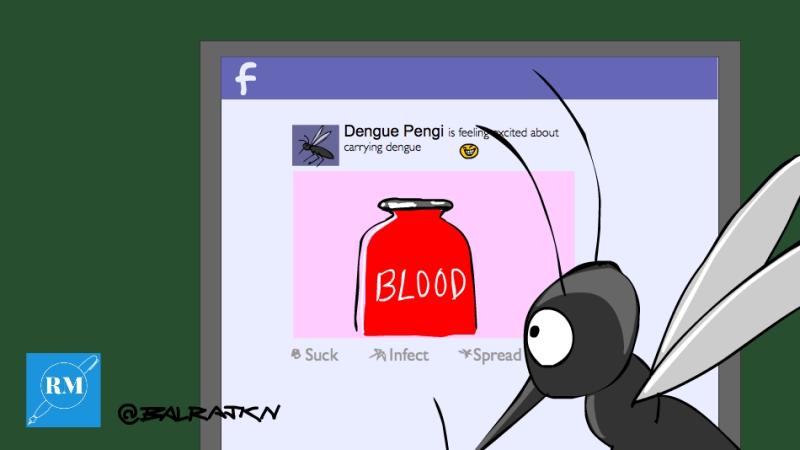
Mosquito bite! That’s all you need to express your killer instinct. But this allegedly innocent, tiny little arthropod with jointed legs, dressed in black and white stripes like an escaped prisoner, bites just for its ‘daily blood’. However, things aren’t quite limited to just blood sucking; this temporary parasitism is increasingly responsible for the transmission of a number of life-threatening diseases. Temporary parasites because mosquitoes suck blood from the host and then leave the crime scene, if alive. They act as transport vehicles for a host of infectious, sometimes life-threatening diseases. The disease causing organisms, mostly viruses, hitchhike on the mosquito and move great distances, affecting large numbers of people. For them it is certainly a flight of a lifetime provided it’s a safe landing.
Topical countries are the worst affected by mosquito borne diseases. Favorable weather conditions for mosquito breeding and socio-economic instability in these regions to confront an epidemic are the main factors responsible. Malaria, transmitted by Anopheles mosquito is a fine example. While we struggle to tackle malaria, the Aedes mosquito, transmitter of diseases like dengue, chikungunya and yellow fever, has extended its list with the latest Zika fever. Dweller of the tropical region, this gutsy mosquito, unlike its commonly observed counterparts Anopheles and Culex, bites during daytime. A quick trick to distinguish an Aedes mosquito is through its appearance- all of us have seen mosquitoes with black and white stripes on the body as well as legs. Beware they are Aedes...
And guess what! The mosquito bites we all tolerate over our lifetime are only from the females! A drop of our blood becomes their ‘blood meal’ with nutrients to produce more eggs. So drain out all the stagnant water in the flowerpots and containers around, because one female mosquito can lay hundreds of eggs at a time!





